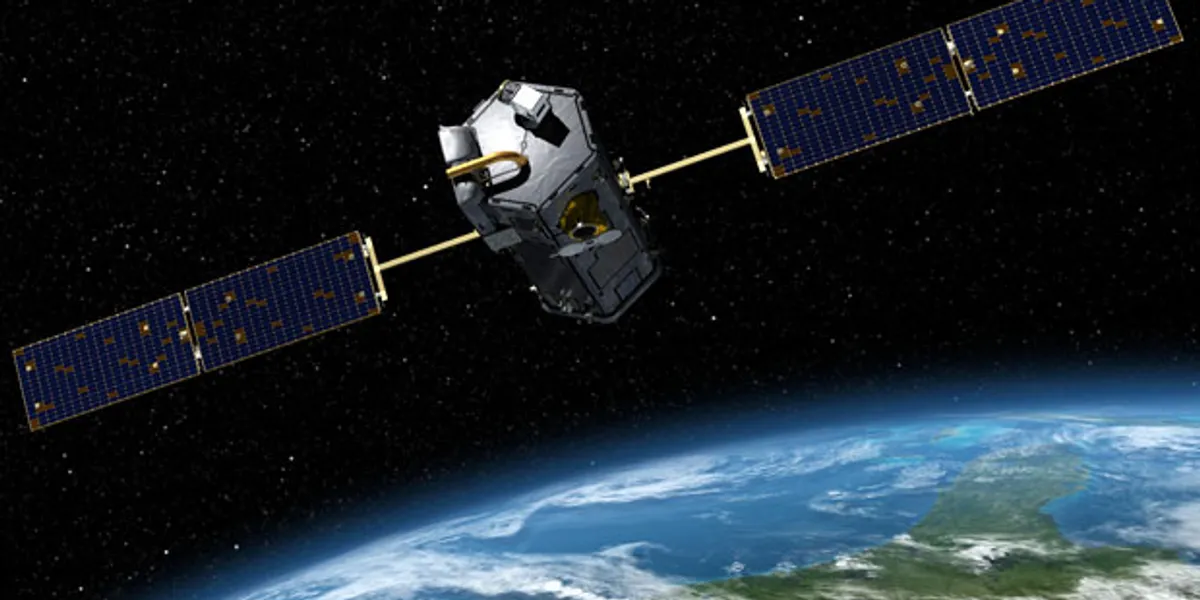The United Nations (UN) has set an ambitious decarbonisation target by 2050 to limit global warming to 1.5°C. The target includes reducing Greenhouse Gas emissions by 45% by 2030 from 2010 levels. While this target is critical to avoiding the most devastating effects of climate change, achieving it will be extremely difficult in less developed countries.
Less developed countries face many challenges in the transition to low carbon economies. They often have inadequate infrastructure and outdated technology, making it difficult to produce clean electricity and implement renewable energy sources. Furthermore, poverty and lack of access to energy are significant problems in these countries, meaning that the need for economic development often trumps concerns about greenhouse gas emissions.
Another barrier for less developed countries is the lack of financial resources to implement clean technologies and reduce their emissions – and to collect accurate emissions data. Many of these countries rely on foreign aid to fund these projects, which can be difficult to secure. Countries with low rates of economic and social development may face political and institutional challenges that make it difficult to implement effective climate policies. Despite the difficulties, it is crucial that least developed countries are included in the global decarbonization effort. Although these nations are responsible for a small percentage of global greenhouse gas emissions, they are the most vulnerable to the effects of climate change. These populations are often poorer and more dependent on natural resources for their livelihoods, which means they are more exposed to natural disasters, food insecurity and water scarcity.
To overcome these challenges, a global effort is needed to support least developed countries in the transition to low carbon economies. This may include financial assistance, technology transfer and human resource training. Richer and more developed countries must lead by example, reducing their own greenhouse gas emissions and supporting the implementation of effective climate policies around the world.
NASA Satellite Tracks Carbon Emissions in Over 100 Countries to Help Achieve Global Climate Goals
A satellite of the North American Aeronautics and Space Administration (NASA – – National Aeronautics and Space Administration) that observes the Earth promises to help researchers to track carbon dioxide emissions in more than 100 countries around the world. The pilot project offers a powerful new perspective on the carbon dioxide being emitted in these countries and how much of it is removed from the atmosphere by forests and other carbon “sinks” within their borders. The results demonstrate how space-based tools can support insights about Earth as nations work to achieve climate goals.
The international study, conducted by more than 60 researchers, used measurements taken by NASA's Orbiting Carbon Observatory-2 (OCO-2) mission, as well as a network of Earth-based observations, to quantify increases and decreases in carbon dioxide concentrations. of atmospheric carbon from 2015 to 2020. Using this measurement-based approach (called “top-down”), the researchers were able to infer the balance of how much carbon dioxide was emitted and removed. The first Global Assessment – a process to assess the world's collective progress in limiting global warming as specified in the 2015 Paris Agreement – takes place in 2023.
The study provides a new perspective by tracking both fossil fuel emissions and total carbon “stock” changes in ecosystems, including trees, shrubs and soils. The study offers a complex view of the carbon moving through Earth's land, ocean and atmosphere. In addition to direct human impacts accounted for by national inventories, unmanaged ecosystems such as some tropical and boreal forests – where humans have minimal impact – can sequester carbon from the atmosphere, thereby reducing the potential for global warming.
Looking to the future, the researchers say that their pilot project will be further improved to understand how individual countries' emissions are changing and, moreover, to be able to compile accurate information on emissions in less developed countries that do not have sufficient technologies for measurements.




